Which heater is better to choose for the garage: a comparative overview of 4 different options
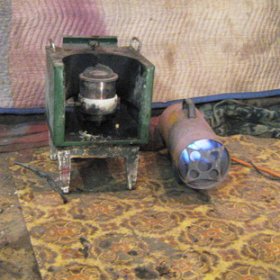
A good garage is a warm garage. Even the most economical car enthusiasts agree with this statement. The times when in winter the four-wheeled “friend” was forced to endure severe frosts are gradually fading into the past. Car owners were convinced that the cost of even minimal heating in winter is not as high as repairing a car that often “freezes” in winter. Many are also attracted by the opportunity to start the car immediately, rather than wait until it warms up. It is not difficult to solve the heating problem, since the stores offer a wide range of electric, gas, diesel, and infrared heaters for the garage. It remains only to choose the appropriate model.
What should be a heater for a garage?
Garage - a specific room. Usually it has a small area, designed not only to store the car, but also for its current repair. As a rule, the garage owner has free access to electricity, but a garage connected to a common gas supply system is not often found. Therefore, garage heaters should be:
- compact so as not to interfere with the repair and maintenance of the car;
- easy to operate, install and maintain;
- safe for health;
- autonomous, etc.
Manufacturers offer car owners the most diverse models of heaters for temporary heating. They can work on electricity, diesel fuel, liquefied gas, etc. When figuring out which heater is best used for a garage, one should take into account the size of the room, how well it is ventilated, acceptable air temperature and other factors. Some motorists note that during the work they feel quite comfortable and at a not very high air temperature, but this may not be enough for spending time in a purely male company.
Overview of industrial models of garage heaters
Option # 1 - diesel powered appliances
Diesel garage heaters have two main compartments: a fuel tank and a combustion chamber. Diesel fuel enters the chamber through the nozzle. The combustion process is provided by a fan that pumps air, so for the operation of such a device will require a small amount of electricity. Heated air enters the heat exchanger and then spreads throughout the room. Combustion products are removed through chimney.
Using a diesel heater, you can very quickly warm even a room in which there is no thermal insulation. These are compact devices that can be installed in any suitable place. It should be remembered that during the operation of diesel heaters, the oxygen contained in the room is consumed, therefore, it is necessary to take care of the regular ventilation of the garage.Modern models are equipped with a remote control unit. Long-term operation of such a device is considered completely safe.
Detailed information on the operation of diesel heaters is presented in the video material:
In addition to the indirect heating models described above, direct heating heaters are also available. They do not provide for the removal of combustion products through the chimney, so it is not recommended to use them in small garage rooms.
Option # 2 - use of liquefied gas
A convector gas heater is a combustion chamber connected to a cylinder of liquefied gas. There is a coaxial duct through which the air necessary for combustion enters, as well as a chimney to remove combustion products. Electricity for the operation of such a device is not required.
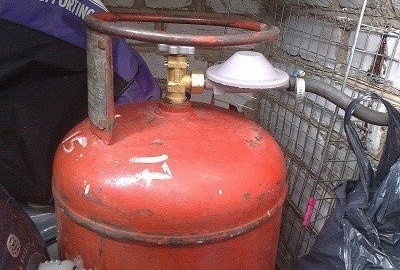
Since garages are usually not connected to a centralized gas supply system, a relatively inexpensive and affordable liquefied gas in cylinders is used for heating
A more modern version of the gas heater are ceramic models with an integrated combustion sensor. If the flame goes out for some reason, the fuel supply will be automatically stopped, which increases the safety level of the device. Thanks to the universal valve, the device can be easily connected to the gas network.
The device is equipped with a thermostat, which allows you to vary the temperature of heating the air and save fuel. It should be remembered that the protective casing of such a device can heat up to 60 degrees. This reduces the risk of fire or burns, but care should be taken when handling a gas heater.
Although the cost of units operating on liquefied gas is quite high, moderate fuel consumption allows you to recoup these costs in the first couple of months of operation. Gas heaters are considered the best choice for a garage that is heated only periodically.
Option # 3 - electric heaters
The most common models of electric garage heaters are heat fans and circulating oil units. The first are a combination of a heating coil and a fan, with which a stream of warm air spreads through the room. In the design of the second, the role of the coolant is played by oil, which is able to accumulate and gradually give off heat.
Electric heaters are extremely easy to operate, they must be installed in a suitable place, and then connected to the mains. The presence of a thermostat allows you to adjust the heating of the air in the garage. The only thing that threatens the owner of such a device is high electricity bills.
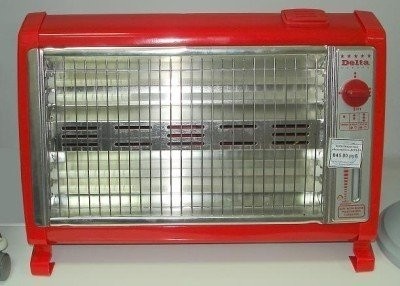
Electric heaters are the easiest and most affordable way to organize heating in the garage. These are safe and convenient devices, but the cost of their operation can be quite high.
Option # 4 - infrared heat
Infrared heaters are powered by an electrical network. The rays coming from the deflector heat the surface to which they are directed. Heat from this surface is then distributed throughout the room.

Infrared heaters are excellent for continuous heating to prevent the engine from freezing. To do this, the device should be placed directly above the hood of the car
Infrared heaters convenient in that they can be placed on the ceiling, directing radiation to the floor. Thus, you can quickly and efficiently warm the entire room. The use of devices of this type is quite safe and cost-effective, since the energy consumption is much lower than when using traditional electric models.
To heat the air in the garage to 20 degrees, you will need a heater with a power of 100 watts per square meter.In order to maintain the vehicle in working condition, a fifty-watt model placed above the hood of the car is enough.

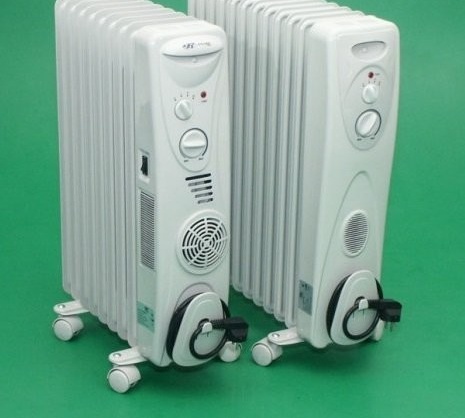
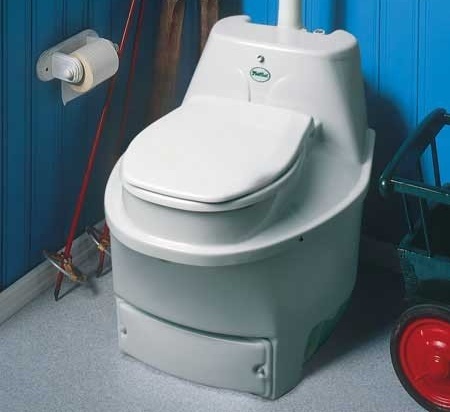
2 comments